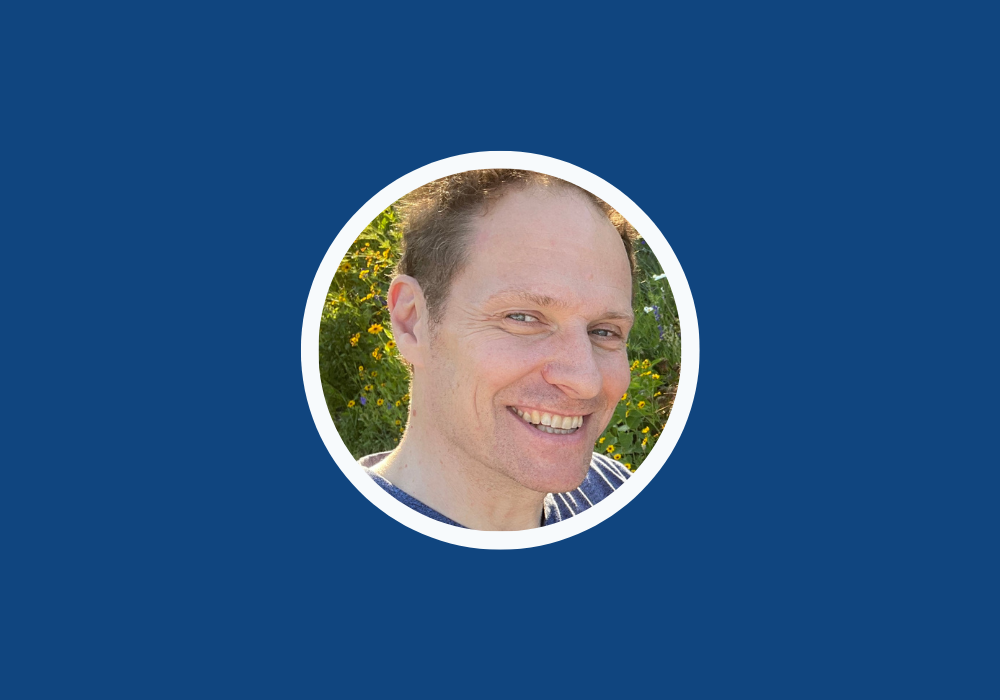
Date.
Can you briefly present yourself, and your work in general?
I am a native of England, the outskirts of West London. I am a low temperature physicist by training, having studied at Sussex University for my undergraduate degree, and in the U.S. at Brown University in Providence, Rhode Island for my Ph.D. It was at Brown where I was first introduced to low temperature detectors, a prototype superfluid helium neutrino detector no less. My thesis was quickly forgotten by most but has actually made quite a revival in recent years as this type of particle detector has become a relatively hot topic in dark-matter detection. I worked with my first transition-edge sensor calorimeters there, as well as magnetic calorimeters and semiconducting thermistor calorimeters. After a post-doctoral fellowship in Heidelberg developing magnetic microcalorimeters, I got a job at the Smithsonian Astrophysical Observatory developing X-ray microcalorimeters for space. In 2002, I moved to Washington DC to join the microcalorimeter group at NASA. I have been here ever since, becoming a U.S. citizen in the process.
What is your role and your main tasks within the X-IFU project?
My role in X-IFU is mostly as a project manager for the two major U.S. contributions to the X-IFU, the X-ray microcalorimeter array and the low-temperature SQUID multiplexer. When I call myself a manager it is very much to the dismay of my wife, who would much rather say she is married to a NASA astrophysicist than a manager! But my job entails oversight of the dozens of people at NASA who participate in the design, fabrication and testing of microcalorimeter arrays. I also help to manage the contribution of the time-division multiplexer chips from the National Institute of Standards and Technology (NIST) in Boulder, Colorado, and the contribution of the development of calibration equipment for use in detector testing and in the calibration program in general from Lawrence Livermore National Laboratory (LLNL) in Livermore, California. As a manager, I am extremely focused on ensuring that the wonderful team of people at all these three institutions work as effectively and efficiently as possible. In particular I work closely at GSFC with Stephen Smith who leads the detector design work, and James Chervenak, who leads the detector fabrication effort. Being a project manager of such technical contributions such as these needs me to not only carry out the typical managerial duties like working on schedules, budgets, requirements, risks, contracts, and workforce hiring, but also to lead highly technical discussions with top-class scientists and engineers working in this field that I have worked in for more than 35 years.
What is the biggest challenge about your work on X-IFU?
At NASA, we are no longer allowed to use our work computers and phones on personal travel. So, in May 2022, when I landed at Dulles after a trip to see family, I turned on my work phone with enthusiasm hoping all was well at work during my period of work isolation. I was thinking, what could possibly have gone wrong? As you can imagine, I was shocked to learn that quite a lot had indeed gone wrong. The ESA whitepaper to the Science policy Council did not make for pleasant reading. It seemed like my job, indeed all of our jobs and dreams, were now in jeopardy. I think it was a huge challenge for all of the Athena team to be able to make the changes necessary during the reformulation period that could save mission. This goal of trying to ensure that we at NASA were doing everything we could to help save the mission, was a huge challenge that I did all I could to make a success. We worked extremely hard to: develop a new baseline microcalorimeter pixel design that would allow greater multiplexing factors and be less sensitive to external magnetic fields; develop a new multiplexing design with the higher multiplexing factor; and perhaps most importantly, to initiate the possibility of NASA contributing a 4.5 K cryocooler to the X-IFU, and by doing so significantly reduced the financial burden and risk on ESA. Our NewAthena reformulated mission isn’t adopted yet, but thanks to a lot of very hard work by many of us, I think we are now back on track.
What was your biggest surprise while working on X-IFU?
It is tempting to remember the time there was boxed wine at an X-IFU meeting dinner. That was certainly a surprise that Didier quickly remedied! But more seriously, I am always pleasantly surprised by the wonderful fellowship and friendliness that exists within the consortium as well as beautiful towns, restaurants and particularly wines that I have experienced, visit after visit. This is especially true in Toulouse, but also the Netherlands, and various other fantastic destinations I have been privileged to visit all over Europe.


 Youtube
Youtube